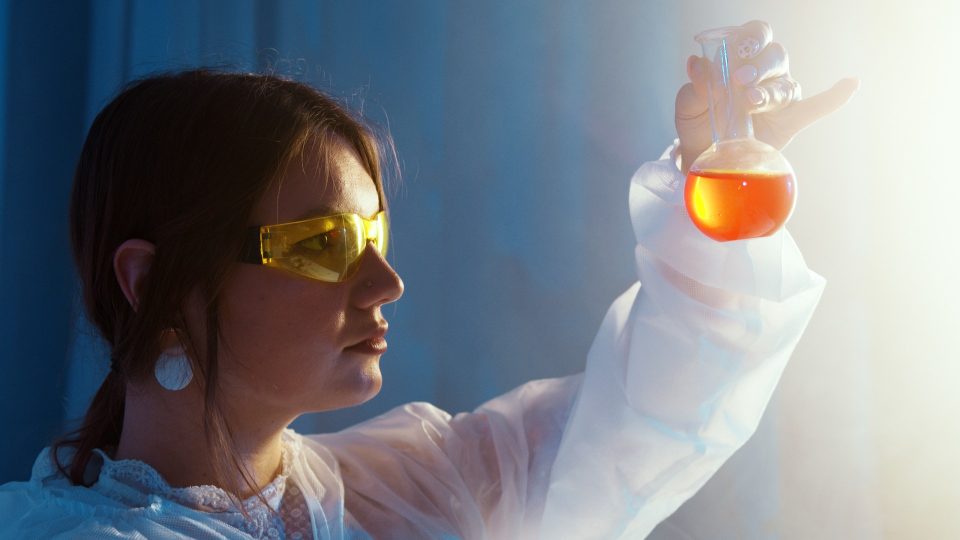
Sea stars, also known as starfish, are echinoderms that belong to the class Asteroidea. These creatures can be found in the ocean all over the world, from the tropics to the poles, and are well-known for their unique biological structure and behavior. One of the most distinctive features of sea stars is their water vascular system, which plays a crucial role in both their movement and feeding. In this essay, we will explore the structure and function of the water vascular system in sea stars, as well as its evolutionary development.
The water vascular system is a network of fluid-filled canals and structures that circulate water throughout the body of the sea star. It is composed of several key components, including the madreporite, stone canal, ring canal, radial canals, ampullae, and tube feet. Each of these structures plays a unique role in the functioning of the system.
The madreporite is the starting point of the water vascular system. It is a small, porous plate located on the upper surface of the sea star, typically at the center of its central disc. Water is drawn into the system through this plate, which acts as a sort of sieve to filter out any debris or other particles that could clog the canals.
From the madreporite, water flows into the stone canal, a long tube that runs along the central disc of the sea star. This canal is lined with cilia, which help to propel the water along its length. At the end of the stone canal, the water flows into the ring canal, which encircles the mouth of the sea star.
The ring canal is connected to several radial canals, which extend outwards from the central disc of the sea star like the spokes of a wheel. The radial canals are also lined with cilia, which help to circulate the water throughout the body of the sea star. Along the length of each radial canal are small, bulb-like structures called ampullae. These ampullae are connected to tube feet, which extend outward from the sea star’s body.
The tube feet are the most visible and well-known part of the water vascular system. These structures are thin, elongated, and typically come in groups of five or more. They can be found all over the body of the sea star, and are used for both movement and feeding.
When a sea star wants to move, it contracts its tube feet. This contraction causes the ampullae to pump water into the tube feet, causing them to extend outward and grip onto whatever surface the sea star is on. The sea star can then use its tube feet to pull itself along.
In addition to movement, the water vascular system also plays a crucial role in the feeding of sea stars. Many species of sea stars are predators, and they use their tube feet and other structures to capture and consume their prey.
When a sea star encounters prey, it extends its tube feet outward and uses them to grasp onto the prey item. It then uses its tube feet to pry open the prey’s shell or other protective covering, exposing the soft flesh inside. The sea star can then extend its stomach out of its mouth and into the prey item, where it can digest the soft tissues and absorb the nutrients.
The water vascular system is essential to this feeding process. By extending its tube feet outward and using them to grasp onto the prey, the sea star is able to immobilize it and hold it in place. The hydraulic pressure created by the ampullae and tube feet also allows the sea star to exert a great deal of force, which it can use to pry open even the toughest shells.
The water vascular system is not unique to sea stars; in fact, it is found in all echinoderms, including sea urchins, sea cucumbers, and brittle stars. However, sea stars have some of the most highly developed water vascular systems of any echinoderm, and they have evolved many specialized structures and behaviors that allow them to make the most of this system.
The water vascular system of sea stars has evolved over millions of years, and has played a key role in their success as a group. The earliest echinoderms likely had only a rudimentary water vascular system, but over time, this system became more complex and specialized, allowing sea stars to develop a wide range of feeding and locomotion strategies.
One of the key advantages of the water vascular system is that it allows sea stars to move in a very flexible and adaptable way. Unlike most other animals, sea stars do not have a centralized nervous system or a complex brain. Instead, their movements are controlled by a network of nerves and sensory structures scattered throughout their bodies. The water vascular system allows sea stars to move their tube feet and other structures in a coordinated way, even without a centralized control system.
The water vascular system also allows sea stars to feed in a highly efficient and specialized way. Different species of sea stars have evolved a wide range of feeding strategies, from scavenging on the ocean floor to actively hunting their prey. The tube feet and other structures of the water vascular system are highly adaptable and can be modified to suit the specific needs of different species.
In conclusion, the water vascular system is a highly specialized and important structure in the biology of sea stars. It allows them to move in a flexible and adaptable way, and to feed in a highly efficient and specialized manner. This system has evolved over millions of years, and has played a key role in the success of sea stars as a group. Despite its importance, however, there is still much that we do not understand about the water vascular system and its role in the biology of sea stars, and further research will be needed to fully explore its many mysteries.







